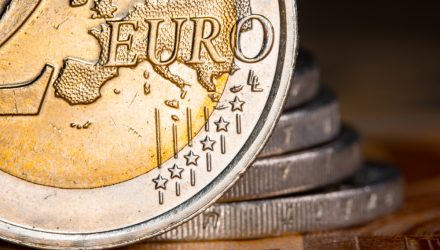As Europe looks to reopen its doors following lockdown restrictions amid the coronavirus pandemic, it’s doing so with an abundance of caution—going as far as possibly not allowing United States visitors from traveling to European Union countries. As such, the euro could continue to see fluctuations, particularly if it experiences a second wave of coronavirus cases.
“The Euro has found itself to be a bit heavy again during the early hours on Wednesday, as we tried to break above the 1.1350 level but failed again as we did during the previous session,” an FX Empire report noted. “Ultimately, this is a market that continues to see a lot of volatility, but I think most importantly it is starting to see a lot of negativity. The market had been somewhat parabolic after several bank announcements as of late, but at this point, we are in at the top of the larger consolidation area so it should not be a huge surprise that the market could perhaps find itself rolling back a bit.”
In the meantime, here are a pair of Europe-focused ETFs to watch that feature a hedging approach to mitigate volatility between the euro and U.S. dollar:
- Xtrackers MSCI Europe Hedged Equity ETF (DBEU): seeks investment results that correspond generally to the performance, before fees and expenses, of the MSCI Europe US Dollar Hedged Index. The fund, using a “passive” or indexing investment approach, seeks investment results that correspond generally to the performance, of the underlying index, which is designed to track the performance of the developed markets in Europe, while mitigating exposure to fluctuations between the value of the U.S. dollar and the currencies of the countries included in the underlying index. It will invest at least 80% of its total assets in component securities of the underlying index.
- Xtrackers MSCI Eurozone Hedged Equity ETF (DBEZ): seeks investment results that correspond generally to the performance, before fees and expenses, of the MSCI EMU IMI US Dollar Hedged Index. The fund, using a “passive” or indexing investment approach, seeks investment results that correspond generally to the performance, of the underlying index, which is designed to track the performance of equity securities based in the countries in the European Monetary Union, while seeking to mitigate exposure to fluctuations between the value of the U.S. dollar and the euro. It will invest at least 80% of its total assets in component securities of the underlying index.
For more market trends, visit ETF Trends.
